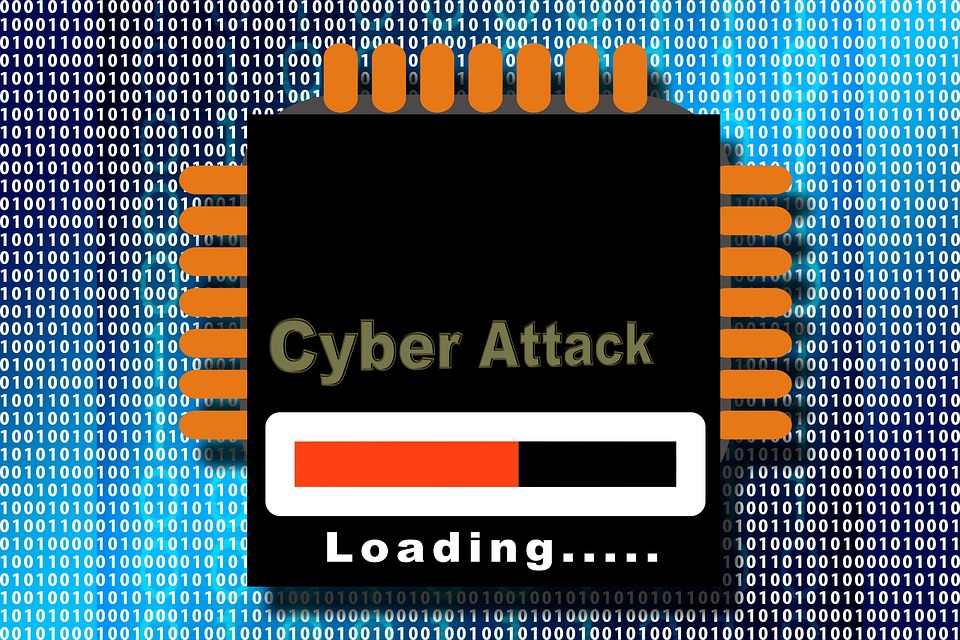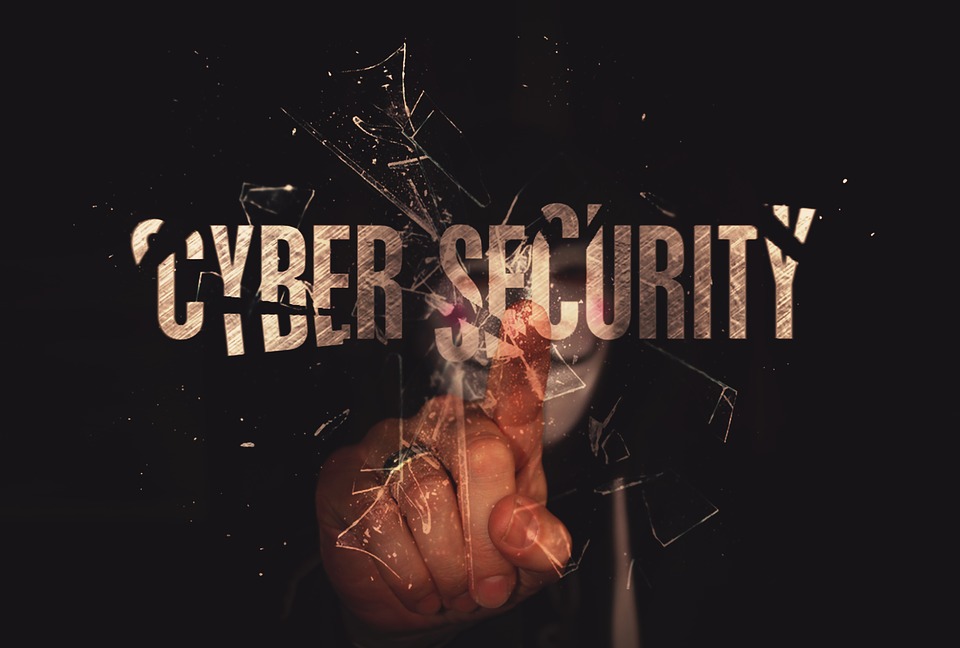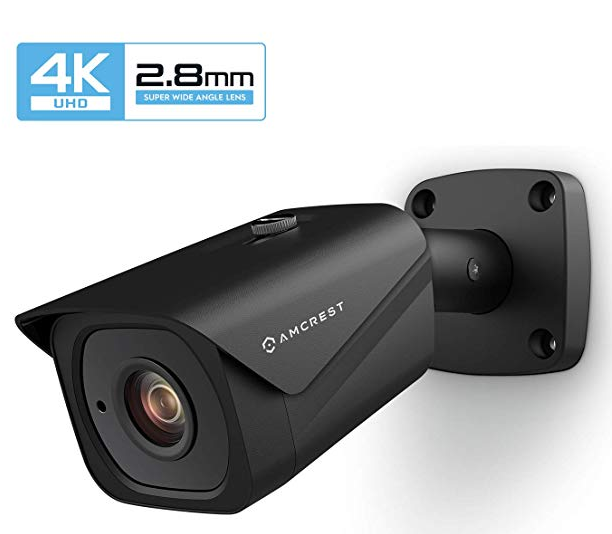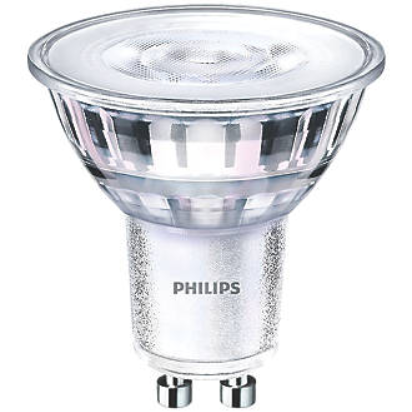How to Secure Your Internet Connection Like a Pro
In today’s digital age, securing your internet connection is more crucial than ever. With the rise of smart devices and increasing cyber threats, keeping your online space safe can feel daunting. But fear not! You don’t need to be a tech wizard to protect your network from unwanted intrusions. Whether you’re streaming your favorite show or working from home, implementing a few straightforward strategies can significantly enhance your security. So, let’s dive into some essential tips that will elevate your online safety game and give you peace of mind while surfing the web.
Update Firmware and Software
Keeping your firmware and software up to date is one of the simplest yet most effective ways to secure your internet connection. Manufacturers regularly release updates that patch vulnerabilities and enhance performance. Ignoring these updates can leave you open to cyber threats. Checking for updates is often a quick process. Most devices have an automatic update feature, but it’s wise to do manual checks every so often. Simply navigate through your device settings or software interface. Don’t forget about your router. It plays a crucial role in network security.
Enable WPA3 Encryption
WPA3 encryption is the latest standard for securing your Wi-Fi network. It offers improved protection against hackers and unwanted intruders. Switching to WPA3 can significantly enhance your security. Unlike its predecessor, WPA2, it employs stronger encryption methods that make unauthorized access much harder. When enabling WPA3 on your router, you create a more robust defense mechanism. This means better safeguarding of sensitive data transmitted over your network. If you’re using devices that support this protocol, ensure they’re connected with WPA3 enabled.
Turn Off SSID Broadcasting
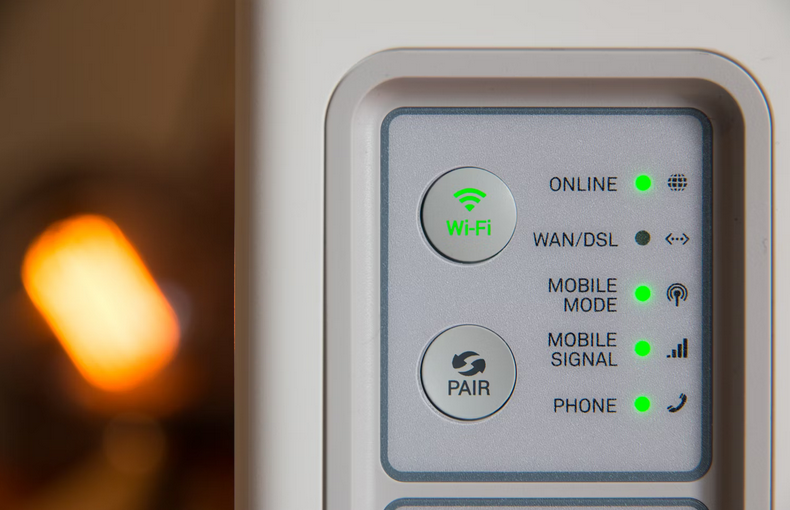
Turning off SSID broadcasting is a smart move for anyone looking to enhance their network’s security. When you turn off this feature, your Wi-Fi network won’t appear in the list of available networks. This makes it harder for potential intruders to find and connect. Not showing your network name might seem like a minor change, but it adds an extra layer of obscurity. Only those who know the exact name can access it. This method deters casual hackers or neighbors who might be tempted to jump on your connection. While this isn’t foolproof protection, it’s a step towards better privacy.
Enable Network Firewall
A network firewall acts as a barrier between your internal network and potential threats from the internet. By enabling this feature, you add an essential layer of protection to your connection. Firewalls monitor incoming and outgoing traffic based on predetermined security rules. This means they can block unwanted access attempts while allowing legitimate data through. Most routers come with built-in firewalls. Accessing your router’s settings lets you enable this feature quickly. It’s often just a few clicks away in the security or advanced settings tab.
Securing your internet connection is essential in today’s digital world. Implementing these strategies can significantly enhance your network’s safety. Start by updating firmware and software regularly to protect against vulnerabilities. Enabling WPA3 encryption adds an extra layer of security, making it harder for unauthorized users to access your network. Taking these steps will safeguard your personal information and give you peace of mind while browsing online. Stay vigilant and proactive about protecting what matters most—your data and privacy.…
Read More →

 EasyShare is a cutting-edge file-sharing platform that takes the hassle out of sharing documents, images, videos, and more. This powerful tool allows you to effortlessly send files of any size to your friends, colleagues, or clients with just a few clicks. No longer will you have to rely on slow email attachments or clunky external drives – EasyShare streamlines the process for ultimate convenience. Thanks to its user-friendly interface, navigating through the platform is a breeze, even for those who are not tech-savvy.
EasyShare is a cutting-edge file-sharing platform that takes the hassle out of sharing documents, images, videos, and more. This powerful tool allows you to effortlessly send files of any size to your friends, colleagues, or clients with just a few clicks. No longer will you have to rely on slow email attachments or clunky external drives – EasyShare streamlines the process for ultimate convenience. Thanks to its user-friendly interface, navigating through the platform is a breeze, even for those who are not tech-savvy. Now if this file-sharing app is what you’re looking for and your
Now if this file-sharing app is what you’re looking for and your 

 Google Maps is a navigation app that offers real-time traffic updates, directions, and estimated travel times. It also provides information about nearby businesses and attractions, including photos and reviews.
Google Maps is a navigation app that offers real-time traffic updates, directions, and estimated travel times. It also provides information about nearby businesses and attractions, including photos and reviews.

 When running a background check, you don’t want a complex website that’s difficult to navigate. Look for websites with an intuitive interface and a simple search process. It will make it easier to find the information you need quickly and efficiently. For instance, some websites allow you to filter your results by state or type of information. This can help you narrow down your search and find the exact results you’re looking for.
When running a background check, you don’t want a complex website that’s difficult to navigate. Look for websites with an intuitive interface and a simple search process. It will make it easier to find the information you need quickly and efficiently. For instance, some websites allow you to filter your results by state or type of information. This can help you narrow down your search and find the exact results you’re looking for.

 Identity thieves can steal your identity through your mail, so always use a secure mailbox and shred any documents containing personal or financial information before throwing them away. Additionally, never leave bills or other sensitive documents in plain view in your home or office.
Identity thieves can steal your identity through your mail, so always use a secure mailbox and shred any documents containing personal or financial information before throwing them away. Additionally, never leave bills or other sensitive documents in plain view in your home or office.
 Did you know that hosting for wordpress and other blogging sites can be achieved using web hosting technology? This is a great way to get your voice out there without having to spend a lot of money on a website. By using web hosting services, you can save yourself time and money in the long run, meaning your day-to-day operations will be light years ahead of the way it was before.
Did you know that hosting for wordpress and other blogging sites can be achieved using web hosting technology? This is a great way to get your voice out there without having to spend a lot of money on a website. By using web hosting services, you can save yourself time and money in the long run, meaning your day-to-day operations will be light years ahead of the way it was before. Last but not least, web hosting services will provide you with uptime. This means that your website will be up and running 99.99% of the time. This is important because you don’t want your website to go down when people try to access it. By using web hosting services, you can rest assured knowing that your website will be up and running no matter what. These are just a few of the many benefits of using web hosting services. So, if you are running a business, then it’s time to take advantage of all that they have to offer. Trust us, and you won’t be disappointed.
Last but not least, web hosting services will provide you with uptime. This means that your website will be up and running 99.99% of the time. This is important because you don’t want your website to go down when people try to access it. By using web hosting services, you can rest assured knowing that your website will be up and running no matter what. These are just a few of the many benefits of using web hosting services. So, if you are running a business, then it’s time to take advantage of all that they have to offer. Trust us, and you won’t be disappointed.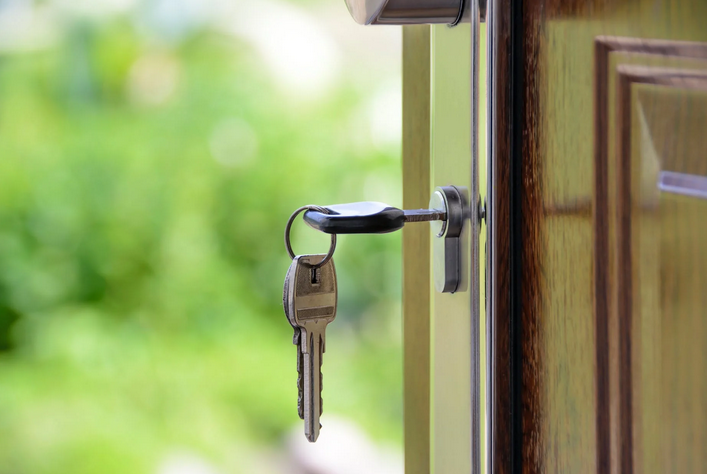
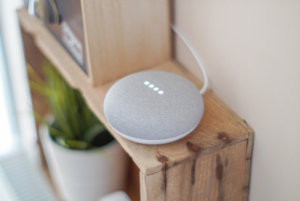 One of the essential features of any home security system is motion detection. With a motion detector, your system can tell when someone is in your home and trigger an alarm if necessary.
One of the essential features of any home security system is motion detection. With a motion detector, your system can tell when someone is in your home and trigger an alarm if necessary. One of the latest trends in home security is home automation technology. With this technology, you can control your security system with your voice or a mobile app. You can also set up triggers so that the system will activate when certain events occur. For example, you can have the system turn on when you arm it or when someone comes into your home. Home automation technology can make it easy to keep your home safe and secure.
One of the latest trends in home security is home automation technology. With this technology, you can control your security system with your voice or a mobile app. You can also set up triggers so that the system will activate when certain events occur. For example, you can have the system turn on when you arm it or when someone comes into your home. Home automation technology can make it easy to keep your home safe and secure.
 If you love racing games, then Exion Hill Racing is one you need to check out. It’s a game based on real physics where you can drive a car on hills and make the proper adjustments. Exion Games developed Exion Hill Racing.
If you love racing games, then Exion Hill Racing is one you need to check out. It’s a game based on real physics where you can drive a car on hills and make the proper adjustments. Exion Games developed Exion Hill Racing. If you want to play Exion Hill Racing on your PC, you’ll need to follow these simple steps. First, you’ll need to download the NoxPlayer Android emulator. Next, install the emulator on your computer and open it up. Now, search for “Exion Hill Racing” in the Google Play Store. Click on the game and choose to download it, like any other app or game. Once the game is downloaded, go ahead and open it up in NoxPlayer! You can now play Exion Hill Racing right on your computer.
If you want to play Exion Hill Racing on your PC, you’ll need to follow these simple steps. First, you’ll need to download the NoxPlayer Android emulator. Next, install the emulator on your computer and open it up. Now, search for “Exion Hill Racing” in the Google Play Store. Click on the game and choose to download it, like any other app or game. Once the game is downloaded, go ahead and open it up in NoxPlayer! You can now play Exion Hill Racing right on your computer.
 MoboPlayer is a top-ranking media player, built to be robust and allow users to watch any video on their PC, no matter the format. Another great feature of the program is that it lets you load different subtitles together with the videos instead of just the standard SRT format.
MoboPlayer is a top-ranking media player, built to be robust and allow users to watch any video on their PC, no matter the format. Another great feature of the program is that it lets you load different subtitles together with the videos instead of just the standard SRT format.


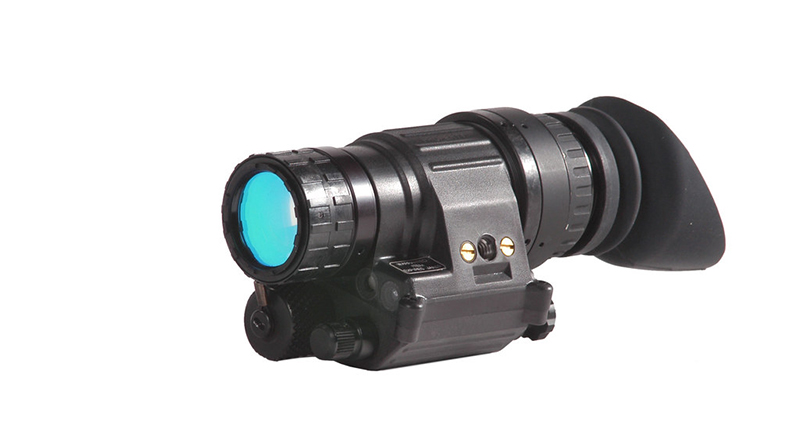






 It is vital to note that semiconductor detectors have a lot of benefits that can help the users in conducting a lot of things. However, one of the drawbacks that most people encounter with semiconductor detectors is that they are a bit expensive than other sensors. Also, they need sophisticated cooling to reduce leakage currents. But apart from that, the following are the advantages of semiconductor detectors.
It is vital to note that semiconductor detectors have a lot of benefits that can help the users in conducting a lot of things. However, one of the drawbacks that most people encounter with semiconductor detectors is that they are a bit expensive than other sensors. Also, they need sophisticated cooling to reduce leakage currents. But apart from that, the following are the advantages of semiconductor detectors. Moving around with some of them is essential for your joints and muscles. Trying to balance yourself on one also helps you get that perfect body balance. You can explore different spots of your neighborhood during your free time when you own one. The adult scooter is an ideal type for adults just as the name suggests. You should look for the right kind of adult scooter to have an easy time moving around. Here is what to consider when buying one.
Moving around with some of them is essential for your joints and muscles. Trying to balance yourself on one also helps you get that perfect body balance. You can explore different spots of your neighborhood during your free time when you own one. The adult scooter is an ideal type for adults just as the name suggests. You should look for the right kind of adult scooter to have an easy time moving around. Here is what to consider when buying one. adult scooter. Prices may vary from one type to another depending on the available features. Save enough money to buy a model that has some of the best features. You can also compare their prices in different shops to settle for the right type.…
adult scooter. Prices may vary from one type to another depending on the available features. Save enough money to buy a model that has some of the best features. You can also compare their prices in different shops to settle for the right type.… A busy salon can be challenging to manage. If you run or manage a salon, you have to ensure that all operations are well-coordinated. You need to monitor your appointments, organize beauticians, and ensure that services are offered, not forgetting a host of other administrative tasks.
A busy salon can be challenging to manage. If you run or manage a salon, you have to ensure that all operations are well-coordinated. You need to monitor your appointments, organize beauticians, and ensure that services are offered, not forgetting a host of other administrative tasks.

 While you can monitor your employees even if you are away from your office, you can also do other important things while you are supervising the operations of your business. Because you can get reports as they happen, you need not wait for the end of the month to see how your workers are doing. You can readily call their attention to improve on their performance, avoid absenteeism or tardiness, or you have to impose sanctions.
While you can monitor your employees even if you are away from your office, you can also do other important things while you are supervising the operations of your business. Because you can get reports as they happen, you need not wait for the end of the month to see how your workers are doing. You can readily call their attention to improve on their performance, avoid absenteeism or tardiness, or you have to impose sanctions.
 Electronic warfare is all about using focused energy in the form of laser light, radio waves to disable the electronics of your enemy. This can be done intercepting radio signals or sensing radars of missiles thrown at you. Having the right equipment for such a purpose is essential for successful combat. Electronic warfare has changed and simplified the military approach to combat. Here are the benefits of electronic warfare.
Electronic warfare is all about using focused energy in the form of laser light, radio waves to disable the electronics of your enemy. This can be done intercepting radio signals or sensing radars of missiles thrown at you. Having the right equipment for such a purpose is essential for successful combat. Electronic warfare has changed and simplified the military approach to combat. Here are the benefits of electronic warfare. Militaries can also make good use of these technologies for several strategic purposes. They will know how to launch their offensive or defensive because of the information they have about the enemy. By tracking signals or monitoring different things, they will understand how they can position themselves for an attack or defensive.…
Militaries can also make good use of these technologies for several strategic purposes. They will know how to launch their offensive or defensive because of the information they have about the enemy. By tracking signals or monitoring different things, they will understand how they can position themselves for an attack or defensive.…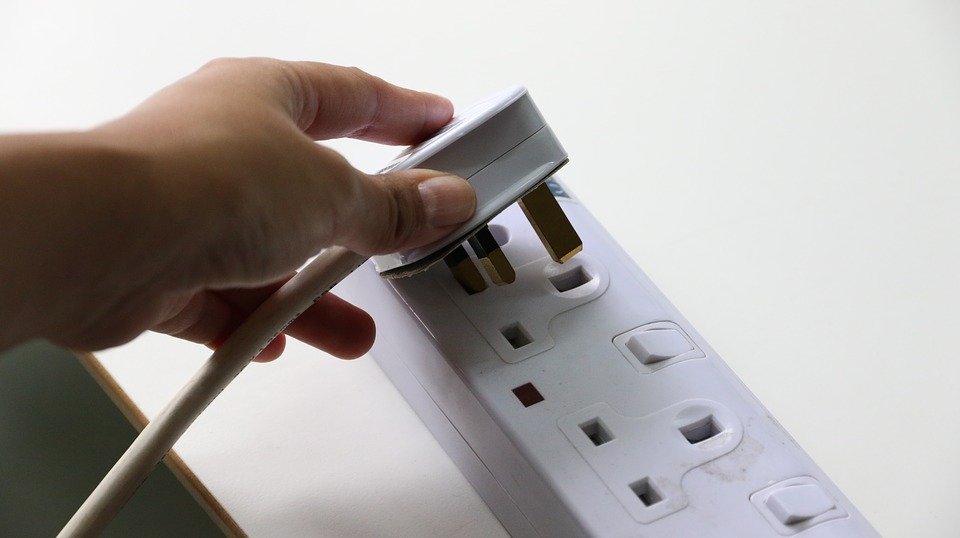




 One industry that stands to benefit a lot from using this tool is those doing graphic design. You can come up with some of the best logos and banners using these tools. Look for a good one that will give you a smooth time throughout the whole process. The available features in a specific online drawing tool is something you have to consider when looking for one. Make sure you choose a software that has all the features needed to help you come up with a quality drawing.
One industry that stands to benefit a lot from using this tool is those doing graphic design. You can come up with some of the best logos and banners using these tools. Look for a good one that will give you a smooth time throughout the whole process. The available features in a specific online drawing tool is something you have to consider when looking for one. Make sure you choose a software that has all the features needed to help you come up with a quality drawing. much of your time drawing with online software. This is because they have a wide range of tools that help make the whole process easy. Drawings that would have taken you more than a day can be completed in hours. How about you make good use of these online drawing tools and enjoy the benefits.…
much of your time drawing with online software. This is because they have a wide range of tools that help make the whole process easy. Drawings that would have taken you more than a day can be completed in hours. How about you make good use of these online drawing tools and enjoy the benefits.…

 Restart Your Laptop Weekly
Restart Your Laptop Weekly
